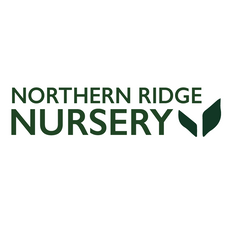The American Persimmon, also known as Diospyros virginiana, is a beautiful and versatile tree that can be found in many parts of the United States. With its striking foliage, delicious fruit, and hardy nature, it is no wonder that this tree is a popular choice for many homeowners. However, in order to keep your American Persimmon healthy and productive, it is important to understand its specific needs and how to care for it properly.
One of the first things to consider when growing Diospyros virginiana is its sunlight requirements. This tree prefers full sun to partial shade, so it is best to plant it in a location that receives at least 6 hours of direct sunlight per day. Keep in mind that while the tree can tolerate some shade, it will not produce as much fruit in shaded areas.
The American Persimmon is also tolerant of a wide range of soil types, as long as they are well-drained. The tree prefers a neutral pH level of around 7.0, so it is important to test your soil before planting to ensure that it falls within this range. If your soil is too acidic or too alkaline, you may need to amend it with lime or sulfur to bring it to the proper pH level.
When it comes to watering, the American Persimmon is relatively drought-tolerant, but it is important to keep the soil consistently moist during the first year after planting. Once established, the tree can tolerate periods of drought and does not require regular watering.
The tree is hardy in USDA zones 4-9 and can tolerate temperatures as low as -25°F. However, it is important to protect young trees from frost and freeze during their first couple of years.
Pruning is not typically required for the American Persimmon, but can be done to shape the tree or remove dead or damaged branches. The tree is relatively disease and pest resistant, but may be susceptible to leaf spot or anthracnose, so it is important to keep an eye out for these issues and address them promptly if they arise.
It is also important to note that the tree is dioecious, meaning that individual trees are either male or female. Cross-pollination is necessary for the production of fruit in female trees, so it is recommended to plant at least one male tree in the vicinity of female trees to ensure adequate pollination.
With proper care and attention, your American Persimmon can be a beautiful and productive addition to your landscape for years to come. With its striking foliage, delicious fruit, and hardy nature, it is no wonder that this tree is a popular choice for many homeowners.










